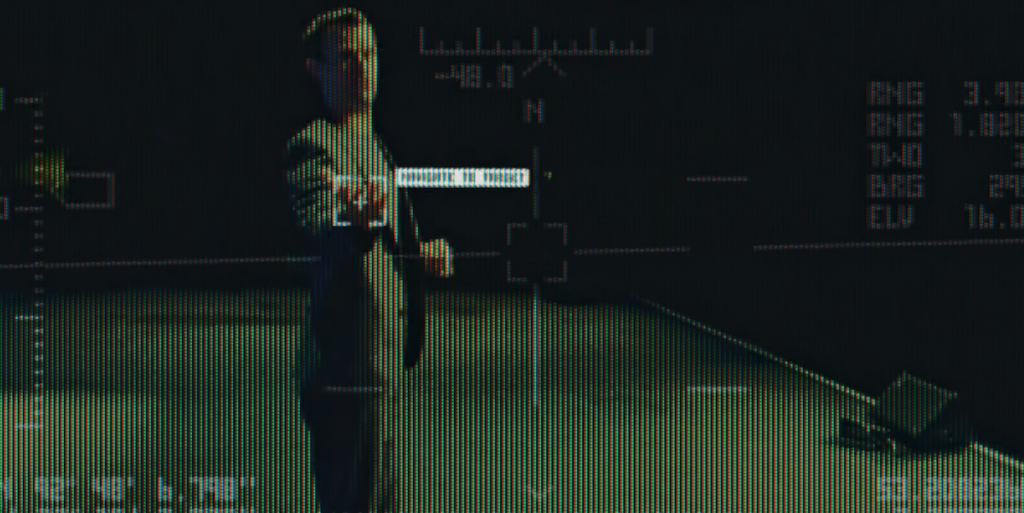The existence of killer robots, automated and autonomous tech capable of unleashing wide-scale devastation on the human race, is a frightening prospect even before you delve into the fears (held by the likes of Elon Musk and Stephen Hawking) surrounding the possible rise of an artificial intelligence bent on wiping out humanity.
The possibility exists that the scenario portrayed in the video above — titled Slaughterbots — above may one day come to pass. A single nimble drone like the one seen here would be terrifying enough on its own, dipping and weaving through a crowd in search of its target. A swarm of 200 of them flying into targets and exploding, in a shopping centre or a crowded field, has the potential to be one of the most frightening sights mankind has ever seen. And we’re including the Wooly Mammoth in this assessment.
Preemptive action
The idea is scary enough that several companies and famous people have banded together to oppose the development and release of autonomous robots before it actually happens. August 2017 saw an open letter being sent by 116 experts, including our friend Elon Musk, to the United Nations calling for a ban on so-called killer robots. The Campaign to Stop Killer Robots has been established to oppose the creation of lethal autonomous weapons systems and they are actively lobbying to stop… well, killer robots.
The term ‘killer robot’ is used because “lethal autonomous weapons systems” sounds almost clinical and sterile, a weapon’s manufacturer’s term, whereas ‘killer robot’ is far more descriptive and attention-grabbing. The objection is that countries around the world are looking at handing control of target identification and elimination to machines, essentially allowing robotic devices to pick targets and determine whether or not to attack them. The worry is that such a system — which is being actively developed all around the world — could spin out of control, taking large swathes of people out before being brought under control. Or, worse, we could never bring it under control. We’ve made movies about this sort of thing before. They don’t end well.
Not far away
So how close are we to the sorts of electronic tech that would wipe out masses of humans? Nothing at this technological level exists as yet but the capability may be closer than you think. The US Navy was reported to be working on Project Locust back in 2015, following that up with a demonstration of the Perdix drone swarm in January 2017. Lockheed Martin is testing autonomous military vehicles and then there’s the unmanned MUTT, or Multi-Utility Tactical Transport, which can be rigged to carry a flipping large machine gun.
And these are just the developments that we know about. Even so, there are various ancillary technologies that would have to come together in order to present us with a serious autonomous weapons problem. We’d need very effective facial recognition (which Facebook has been pursuing for some time), a cloud-based AI system capable of performing incredible feats of calculation (which sounds an awful lot like IBM’s Watson AI gone rogue), and large quantities of robots working in sync (which we’ve seen in a few places before). And that’s before we get in to pairing drones with robots…
Facing fears
Slaughterbots video via: Autonomousweapons.org
